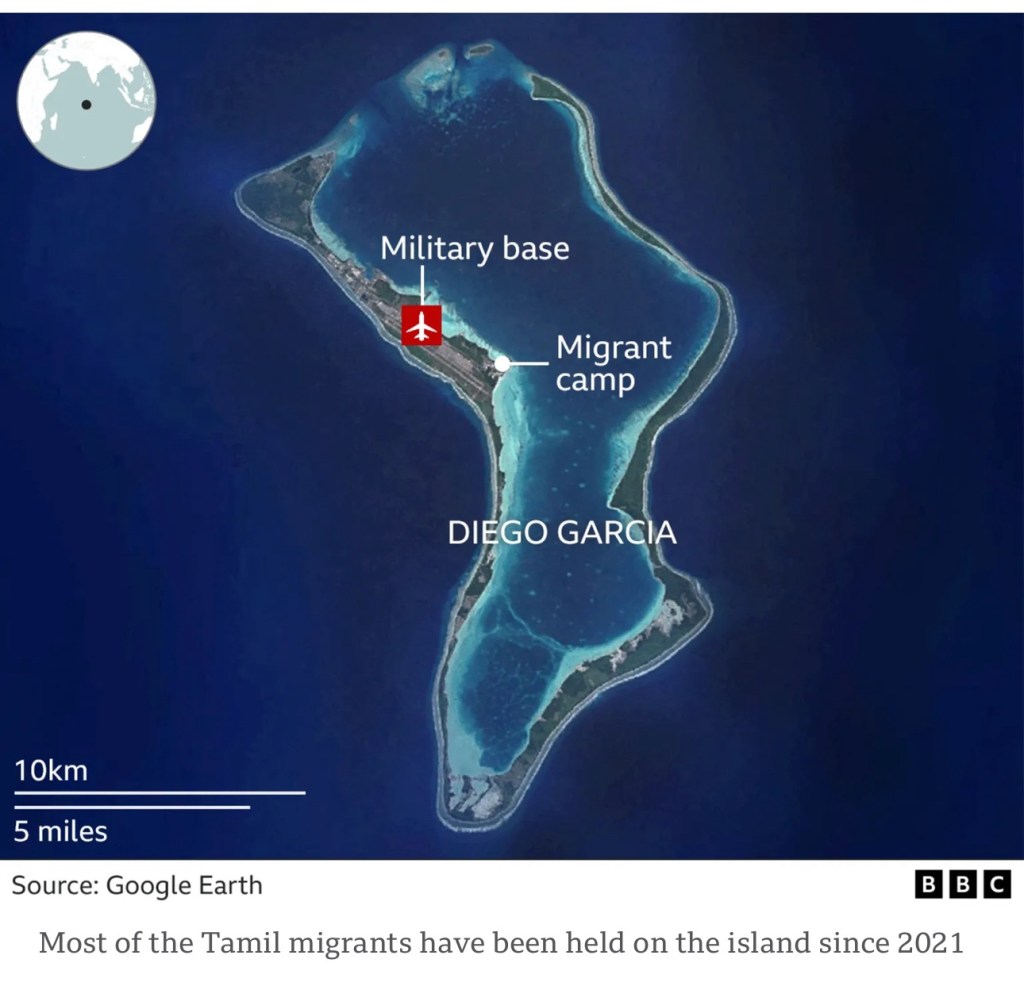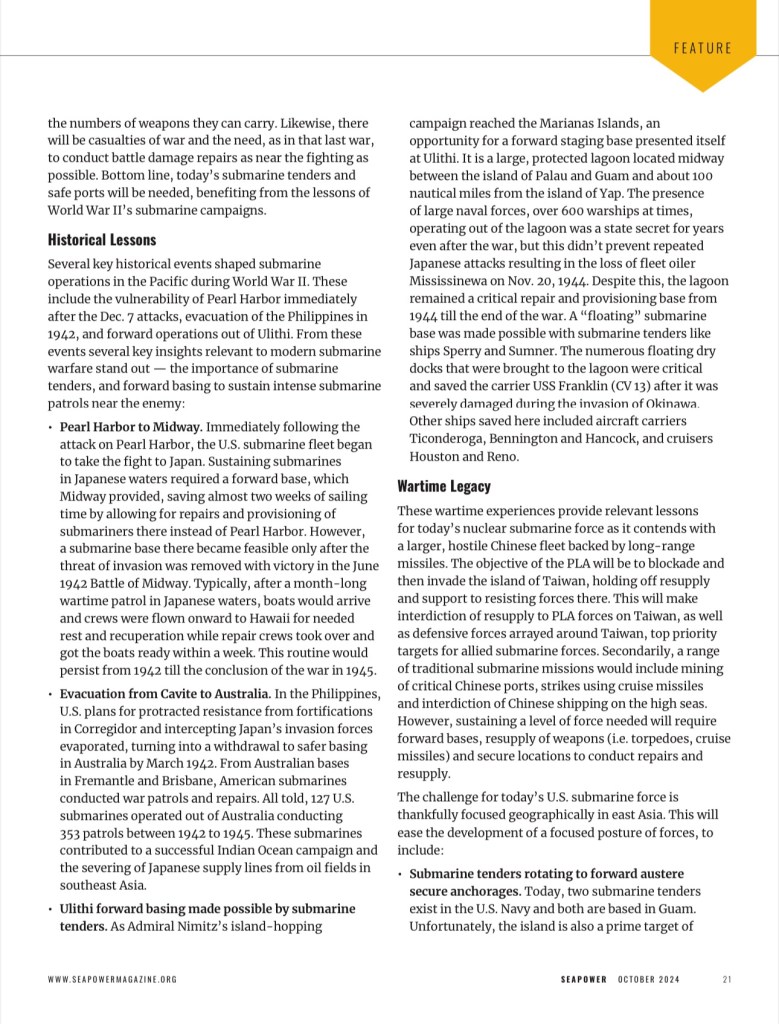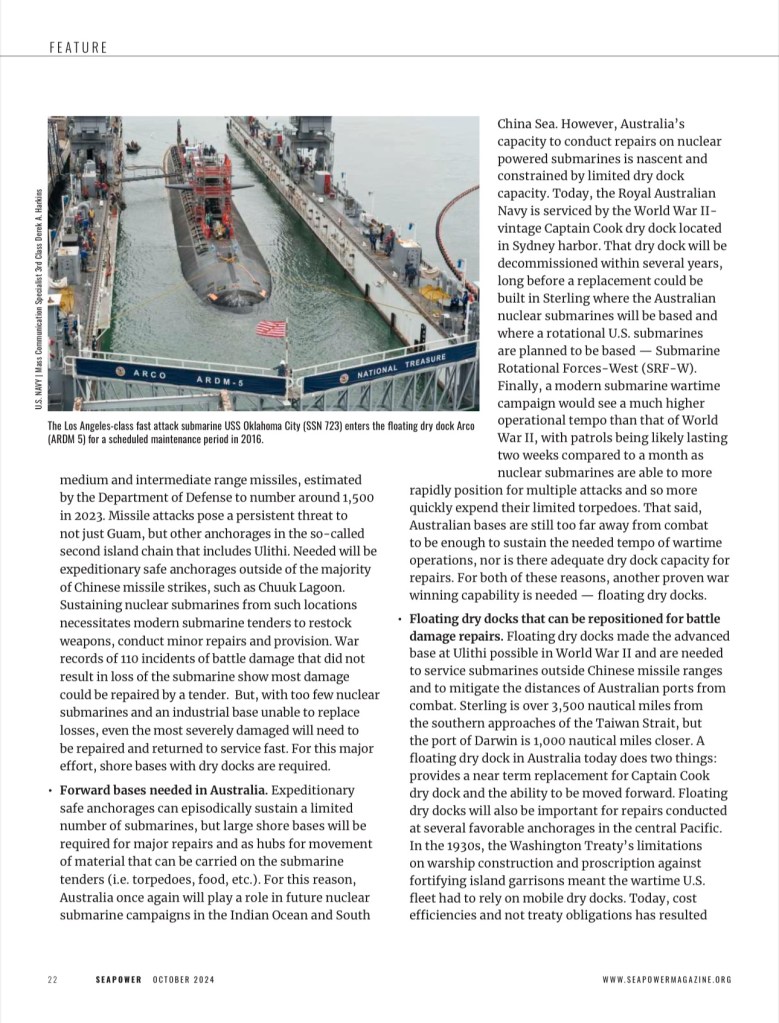Cuckold Europe, prop up dictators: Trump’s global plot laid bare
A month after Donald Trump’s second inauguration and the geopolitical global upheaval that may be unprecedented, one thing is clear: The president is an American sovereigntist, not an isolationist. Once this is understood, Trump’s seemingly wild upturning of the geopolitical order actually makes sense.
Sovereigntists are illiberal internationalists. They came of age after World War I, preventing the US from joining the League of Nations (the predecessor of the United Nations). At the time, American sovereigntists regarded the league as a stalking horse for global governance, anti-colonial independence movements, black internationalists, left-wing political movements and liberal Christians.
Today’s sovereigntists aim to weaken non-Western international associations that seek a more democratic international order. They make common cause with similar forces; Giorgia Meloni of Italy and Hungary’s Viktor Orban, for example. Their aim is an illiberal international geopolitical order where domestic political systems resemble “competitive authoritarianism” – multi-party elections embedded in a rigged legal and political environment. Under this model, the media and the machinery of government are used to attack opponents and co-opt critics.
Trump wants the US, not China, to write the technical standards of the global economy. Control over these standards creates lock-in effects in finance, telecommunications, space, robotics, bioengineering, nanotechnologies, and advanced materials and manufacturing methods. That means full-spectrum rivalry with China. If economic control is not possible, the plan B goal is global economic separation from China.
For Trump to achieve these goals, there are three key frontlines: Eastern Europe, the Middle East and Taiwan.






You must be logged in to post a comment.